Content:
One of the main indicators of a duck's performance is its egg production. The value of this or that breed depends on its level. Individuals with high egg production, with proper care and favorable climate, can lay all year round.
The highest egg production in ducks is typical for the following breeds:
- Indian Runner (got its name for the ability to run quickly, unlike other breeds);
- Khaki-Campbell;
- Indoor (also called Musk or Mute);
- Gray Ukrainian;
- Bashkir colored.
The average of these breeds is from 150 to 300 eggs per year. However, these values are subject to change depending on the conditions in which they are kept.
The Agidel broiler breed has high performance. She can carry from 130 to 260 pieces per year. A slightly smaller number is brought by birds of the Bashkirka breed - 130-250 pieces. The next in terms of egg production is the Mulard breed - the maximum it can bring up to 220 eggs in the same period of time. The popular duck Favorite is capable of producing up to 150 eggs per season.
Start of egg laying
Depending on the breed and conditions of detention, ducks reach puberty as early as 140-160 days. The greatest fecundity of the laying hen occurs in the second year of life. Under optimal conditions, the bird will start laying one egg every day. Further, her egg production gradually decreases. Depending on at what age the ducks begin to lay eggs, the duration of the egg-laying period lasts up to 5-6 years. At the same time, the usual life of a bird sometimes lasts up to 19-20 years.
In addition to age, the egg production of ducks depends on the conditions of keeping and feeding. Poultry farmers are well aware that the movement of layers from their place of residence until the end of the laying period is unacceptable. The area intended for laying hens should be spacious, warm, dry, isolated from excessive noise. A change in diet will also adversely affect the laying of eggs - unexpected changes in feeding can significantly delay the start of lay.
Preparing optimal conditions for laying
During this period, special attention should be paid to the maintenance of ducks. The egg production of birds largely depends on proper preparation for laying. There are some conditions that must be met when ducks start laying eggs.
Full and consistent feeding
The feeding regime is set well in advance of laying, about a month in advance. Layers need to be fed 4 times a day, as they need frequent meals during this period. The more plump the birds are, the more eggs they will bring. The feed should contain a variety of nutrients that are essential for egg formation.
For a variety of meals, the following are well suited:
- cake;
- bran;
- roots;
- milled wheat;
- crushed oats;
- corn.
It will be helpful to start using homemade succulent food while the ducks are laying. 1/5 of the diet can be greens - a mixture of nettle, clover, quinoa.
Increased daylight hours
This factor plays a fundamental role in the formation of the reproductive organs of birds. This must be remembered when considering when ducks begin to lay at home. The use of additional lighting will play a role here and will help the bird owner to get the first testicles a little earlier.
The lighting level is increased little by little, in advance, before laying. Every day, the duration of daylight hours should increase by no more than 20-30 minutes. Daylight hours can thus be extended up to 15 hours a day.
Lamps for lighting the room should be hung evenly, per square meter. Most often, 700 lumen light bulbs are used. Electric lighting should be turned off at night, with the exception, perhaps, of a low-power light bulb.
Walking mode
When ducks begin to lay, they need to provide daily access to fresh air. The walks last 30-40 minutes. It is especially good if they walk next to a pond.
Correct placement and conditions of detention
Drake eggs should be separated from females for the period of laying. This is done because the courtship of the male interferes with the female. In exceptional cases, the laying hen can completely "forget" about the laying.
In the room where duck eggs are laid, their density must be taken into account. Layers should not be more than 3 per 1 sq. A denser settlement will make it difficult for birds to move, they will interfere with each other when feeding.
In the presence of a large number of birds, they are placed in specially fenced off sections. One such compartment is designed for approximately 25-30 individuals. In order for the fertilization of eggs to be high, 5-6 drakes are needed per such area. It should be remembered that an old drake is not suitable for fertilization.
Where and when do ducks lay eggs
Birds begin to fly at about 3 am and finish by noon.
It also matters how the duck flies. She can lay in the nest, on a specially placed bedding. Do not stir the nest under bright lighting, close to other animals, or on the aisle. Laying hens are afraid to enter such nests.
Why egg production decreases
A decrease in the productivity of birds can be caused by a number of reasons. Most often this is due to the conditions in which they are kept.
Main problems:
- Room temperature too high or too low. Even a beginner in poultry should be aware of this. At temperatures below 7-12 degrees, the masonry freezes, so birds rush less in cool rooms. If the temperature is too high, things are no better, since it has a detrimental effect on the health and well-being of birds. To eliminate this reason, you need to properly equip the room in order to maintain a constant temperature regime there both in summer and winter.
- Health problems. Good health is indicated by the bright orange color of the legs and beak of the laying hen. Poor diet and lack of fluid intake can lead to serious health problems. Therefore, a knowledgeable poultry farmer must provide nutritious food and access to water. Do not forget about grain and about special mixtures. Birds need water to lower their body temperature, which is initially higher than that of animals (can reach 42 degrees). How much water a bird consumes per day depends on its egg production. One hen should consume at least 260-310 liters per year. The water temperature should be above 8 degrees.
- Poor room ventilation. If it is impossible to correct this defect, then at least you need to provide the birds with daily walks. They must last at least one hour.
Thus, having learned all the rules for breeding and keeping egg breeds of ducks, you can ensure their long-term and maximum egg production.
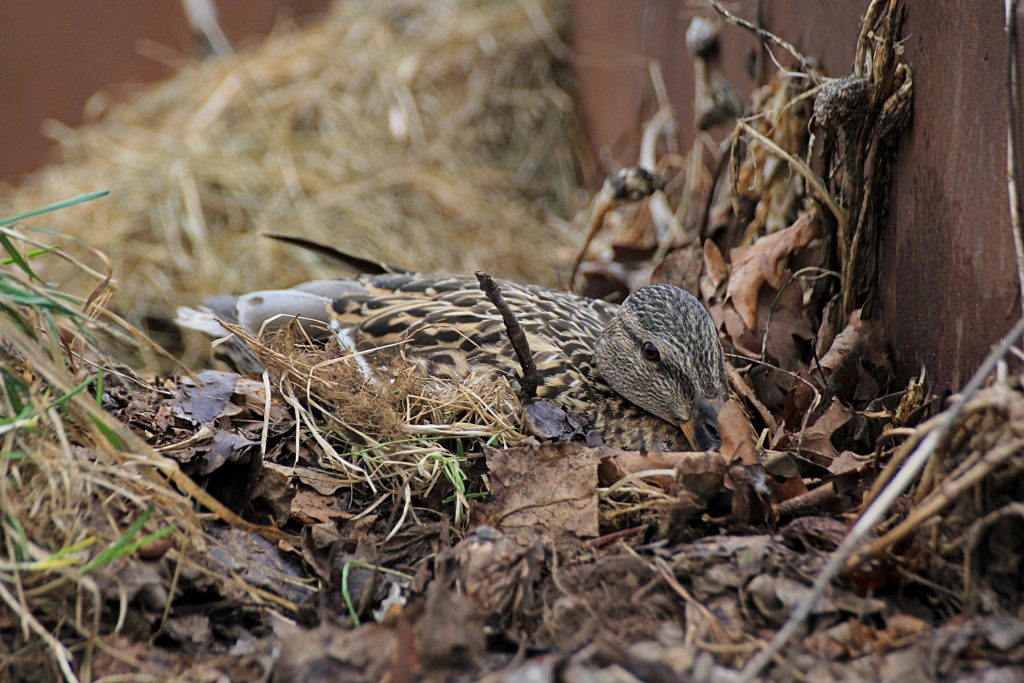
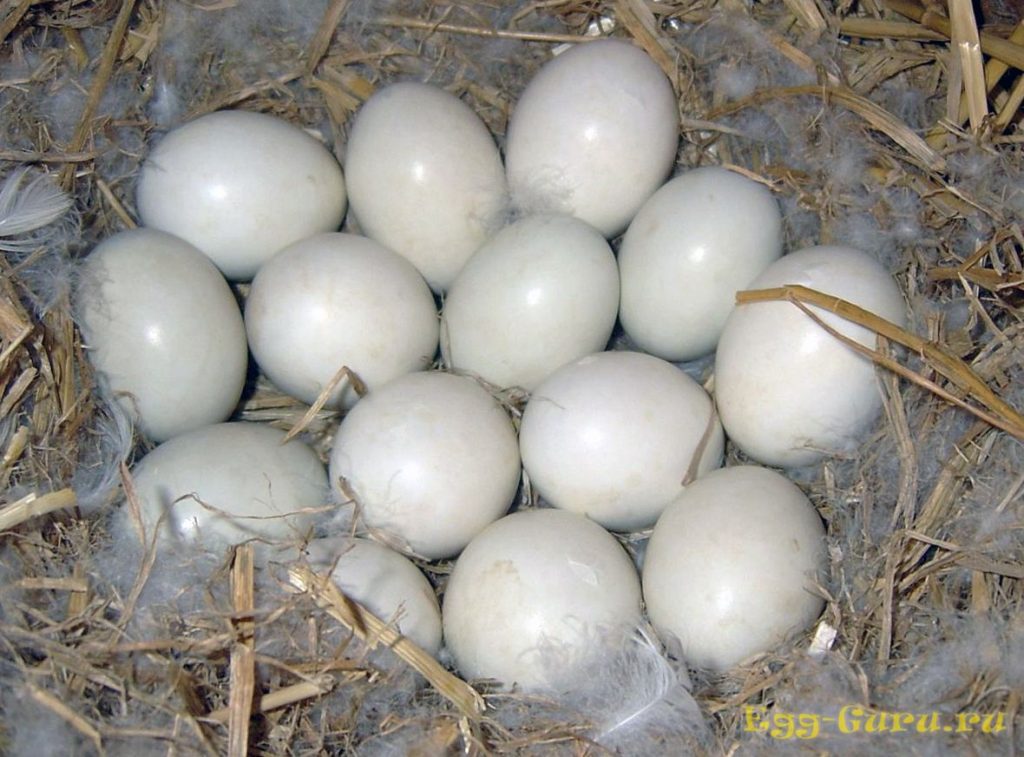
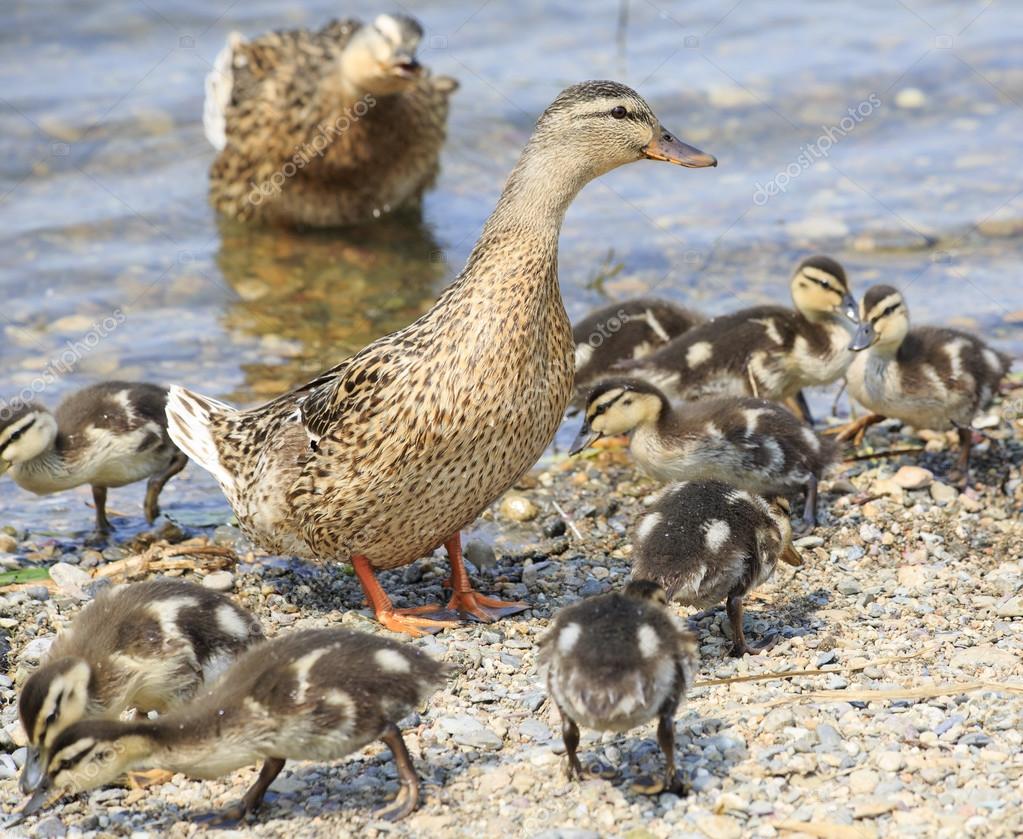
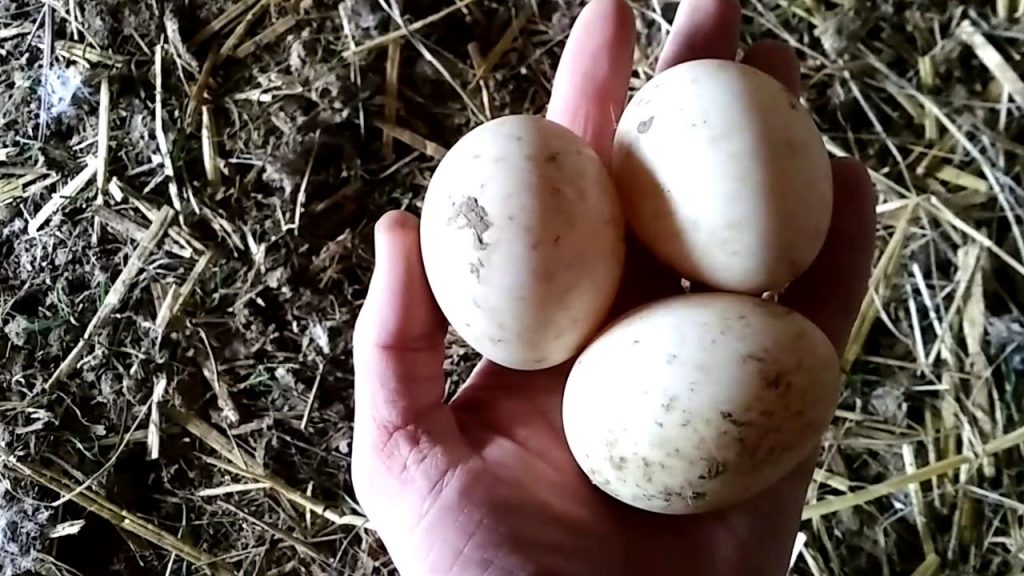
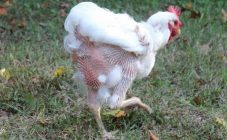
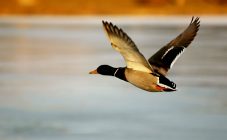
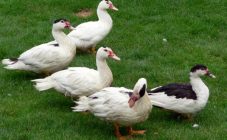

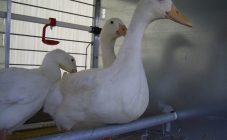
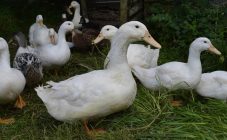







Keeping conditions and feed greatly affect the egg production of ducks. There are also a lot of other factors.
Each breed has its own timing of the beginning of egg production, for example, the Indo-female begins to lay only in the spring, and the Bashkir and most of the rest at the end of January. There are also several other factors that affect egg production.